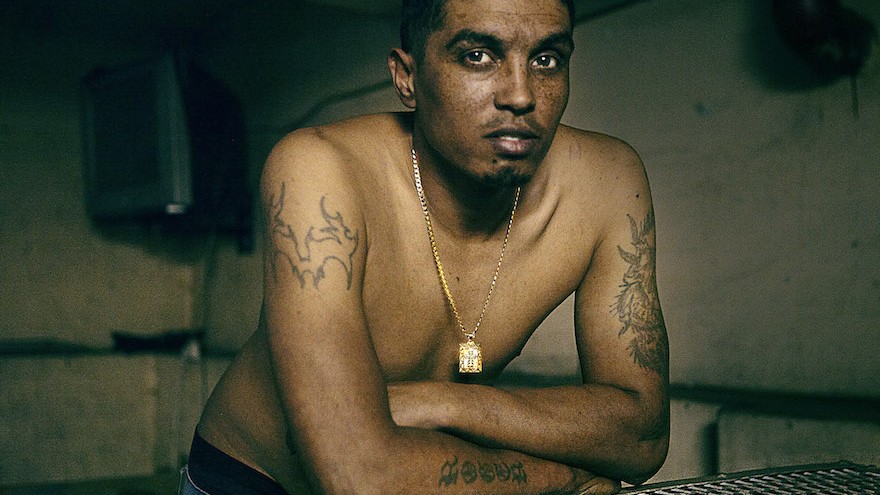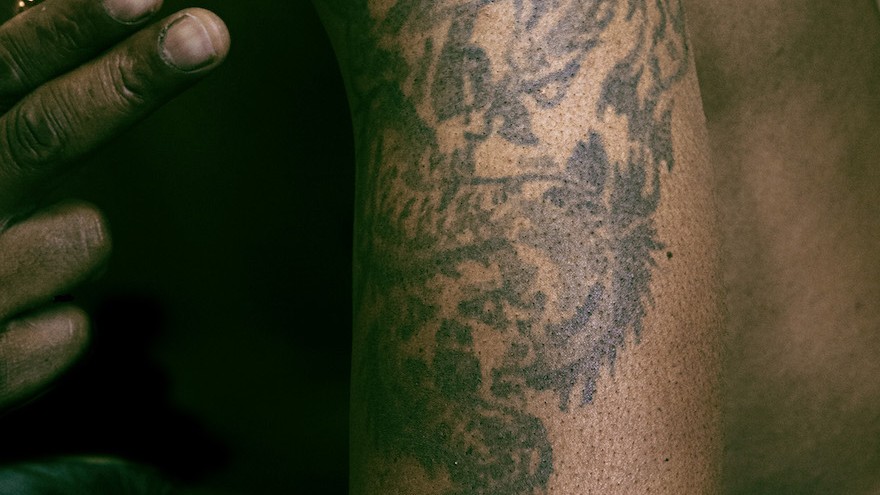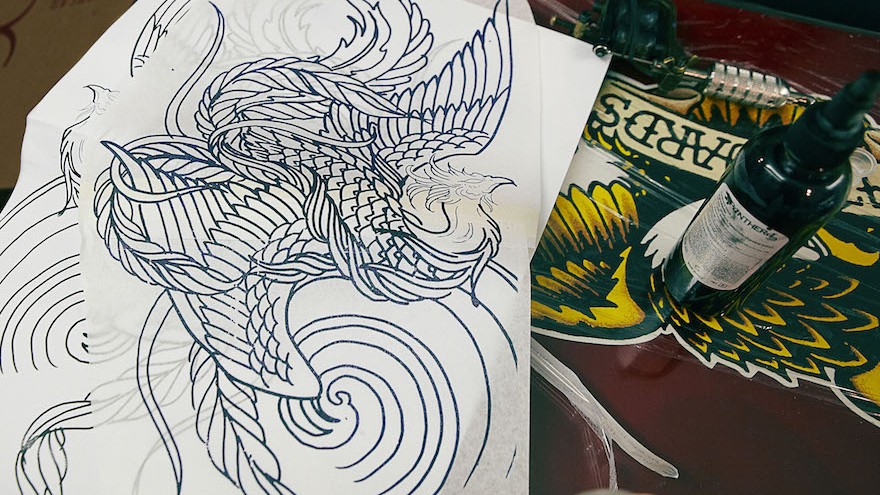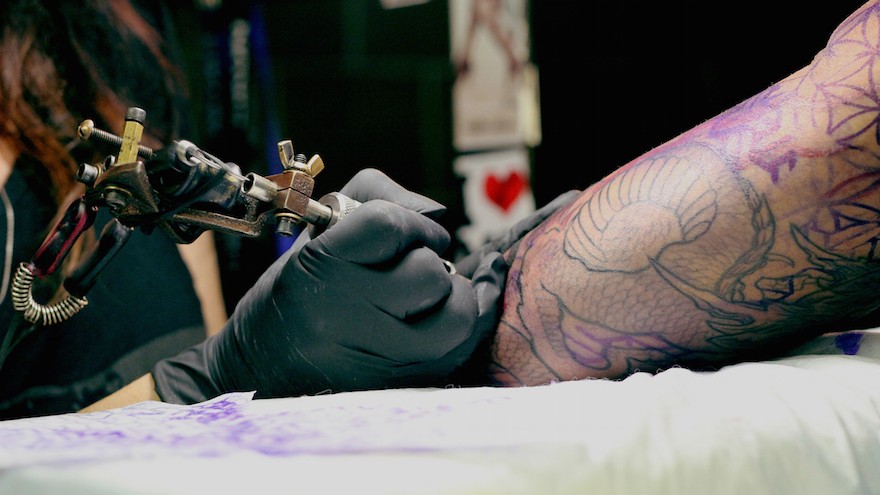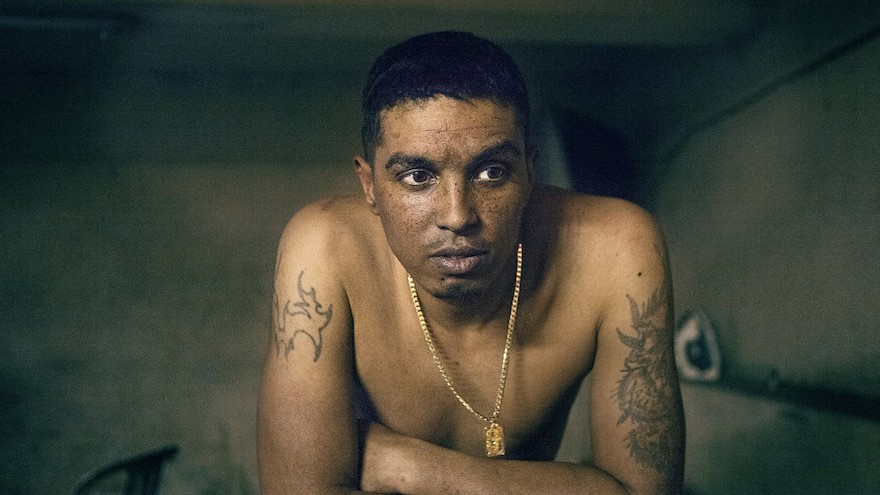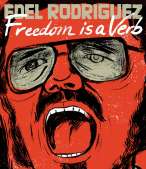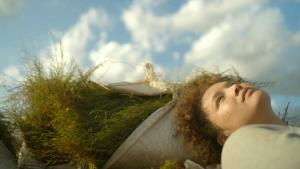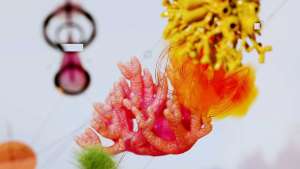Project Phoenix will be screened for the first time ever as part of Design Indaba FilmFest 2015. Executive creative director Justin Gomes from FoxP2 Advertising and co-directors Robin Goode and Karien Murray from Giant Films give us the exclusive run-down on how the film came to be made.
Robin Goode and Justin Gomes interacted with a group of ex-prisoners while shooting a series of ads for the Brandhouse Drive Dry campaign. The experience got them thinking about the difficulties of reintegrating into society after serving time: the stigmas of jail time were reinforced by the tattoos on the bodies of the inmates (the marks of the gangs of which they had been part).
The ads, “Papa wag vir jou” (“papa’s waiting for you”), featured the kinds of guys you might encounter if you wound up in a jail cell for driving drunk. To ensure the ads were as authentic as possible, Goode found real-life prisoners to act in them, and he learnt from them how difficult it was to return to a normal life, even with the best intentions.
Soon after the ads were filmed, one of the real-life actors was murdered in a gang-related crime.
“That kind of thing never leaves you,” says Gomes, “and we started thinking about how this came about.”
More precisely, they started thinking about how creativity could make a difference in the lives of these men.
“We started looking for someone who was making a change for the good,” says Goode. “Someone who was rehabilitating, was ex-gang. Someone we could connect with.”
That’s when they found Roger.
Roger was an ex-prisoner and former member of the Cape Town Numbers Gang, and a man trying to turn his life around. The thing that drew Goode and Gomes to Roger in particular was that anyone could relate to him: he came from a good family but something unfortunate had happened to him that took his life off the rails.
“Roger is a guy who had something terrible happen to him,” says Goode. “He became a victim of his circumstances.”
When Roger was a child his family were involved in a car accident and both his younger siblings died. His father fell into a deep depression and shot his wife and himself, leaving 12 year-old Roger alone. With no family left, Roger was forced to learn to live by the rules of the street and he did what he had to do to survive.
Roger spent 18 years with the Numbers Gang and when he made the decision to turn his life around, he found that his body – marked with the tattoos of the gangs – didn’t reflect his inner attempts to change.
With the help of Cape Town tattoo artist Manuela Gray of Wildfire Tattoos, Project Phoenix documents how thoughtful design helped transform Roger’s exterior into a symbol of his reformed life.
“People used to cross the road when they saw him coming. Now people come up to him and ask about his tattoos and tell him how beautiful they are. It is a complete reverse to what he is used to,” says Gomes.
The work had a profound effect on Manuela Gray too: “She was very humbled by the process,” says Goode. She saw how her creative work had the power to change people’s perceptions.
“They found solutions and ideas together. It was very intimate, very gentle, very calm,” says Murray. “Manuela wanted to know all the details, to understand exactly what each of the symbols would mean. It was amazing to see the bond between Manuela and Roger.”
The film takes the audience on this journey.
“We shot some re-enactments, some are very abstract and subjective,” says Murray.
Through these re-enactments, the audience is able to visualise Roger’s story and access his memories and emotions in a very authentic way.
“We tried to capture the essence of what he went through,” says Goode.
“It’s very dreamlike. You step back into his memories. You go into his mind's-eye,” says Murray.
During the film, which was shot over the course of a year, you see Roger come back from adversity and reunite with his estranged wife and children.
“Everyone can relate in some sense,” says Gomes.
The filmmakers and Roger will be holding a Q&A with the audience at the film’s premiere screening during Design Indaba FilmFest 2015.

